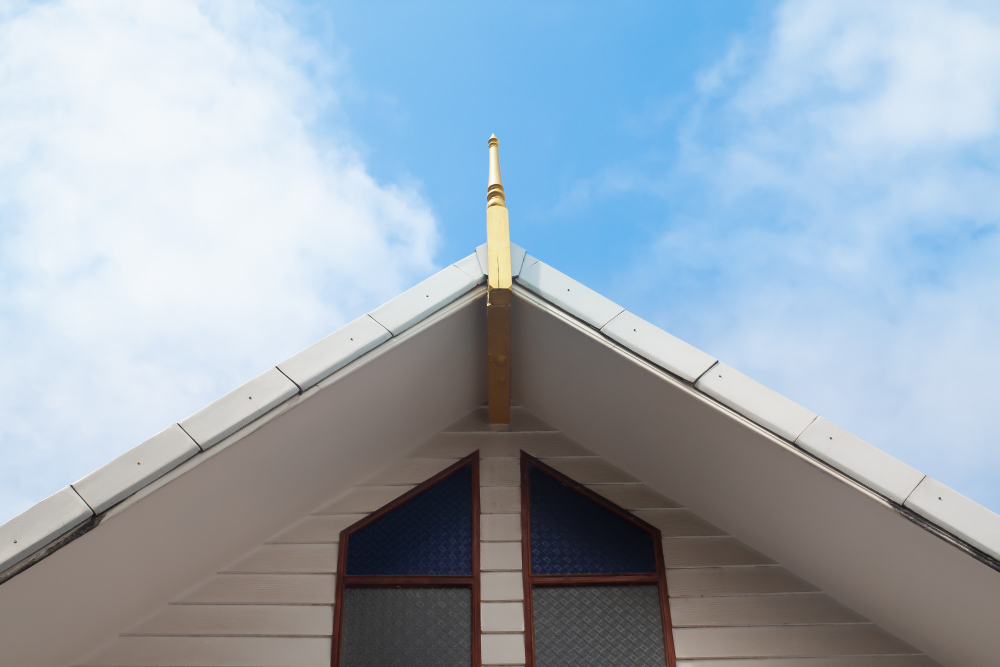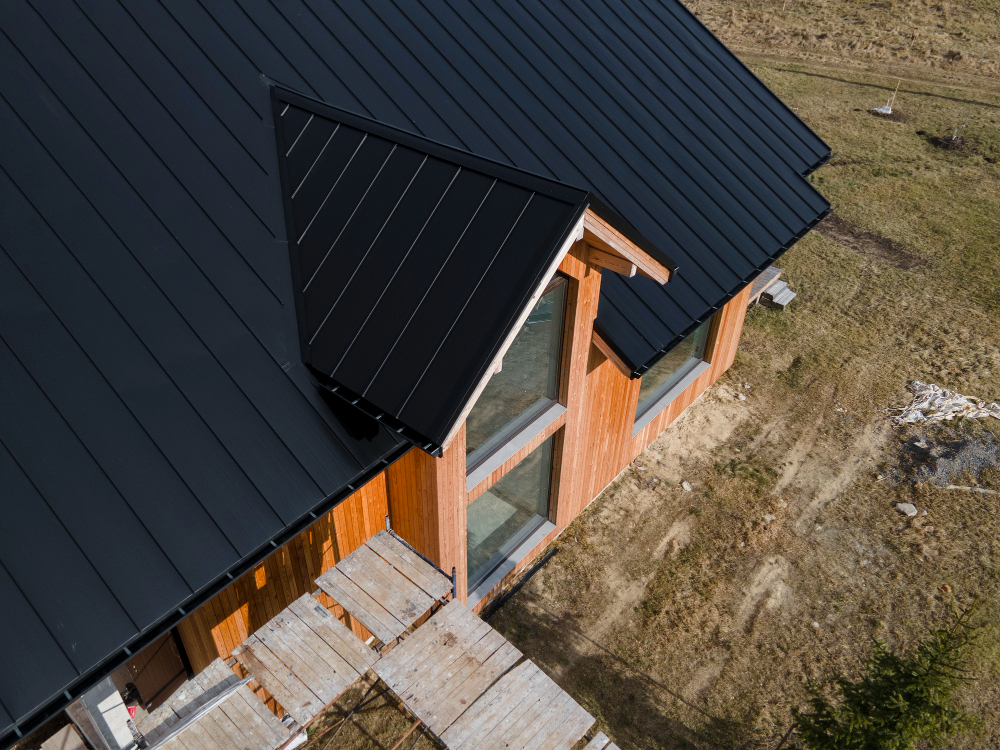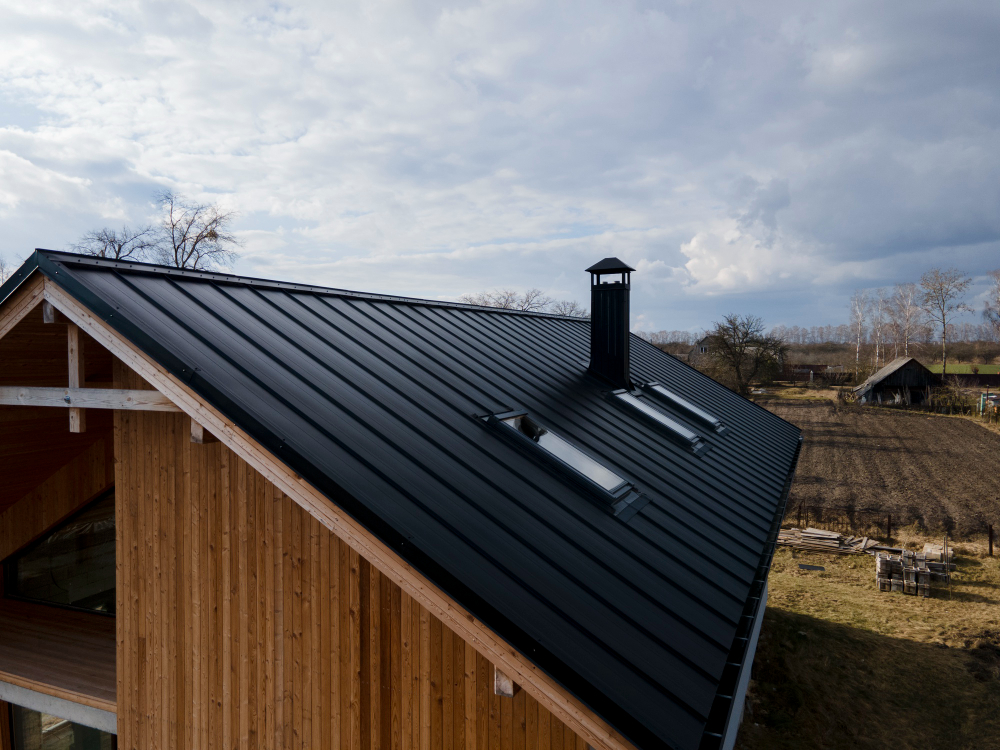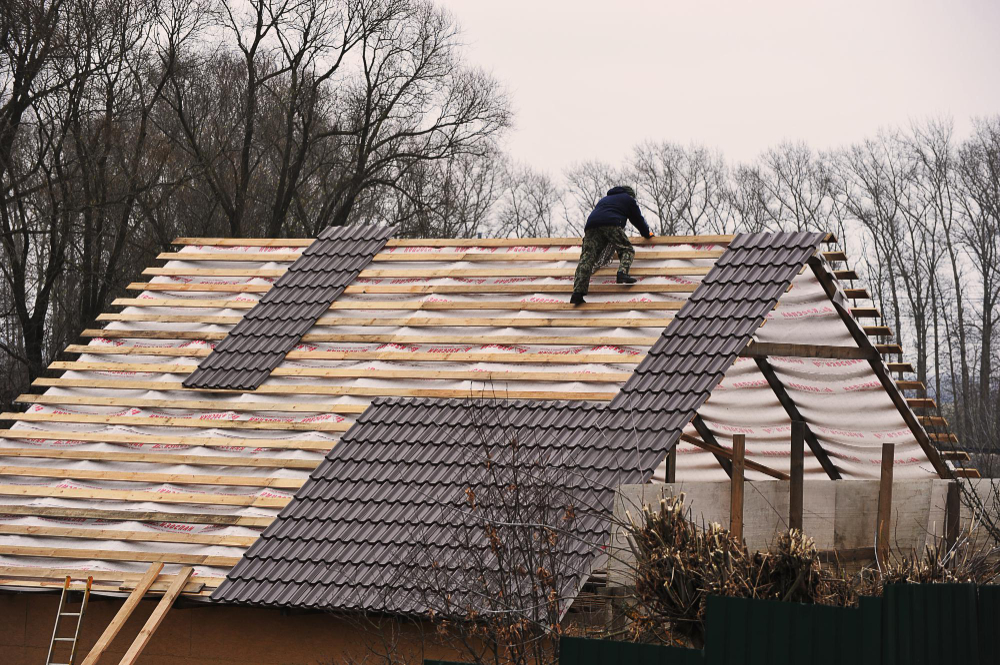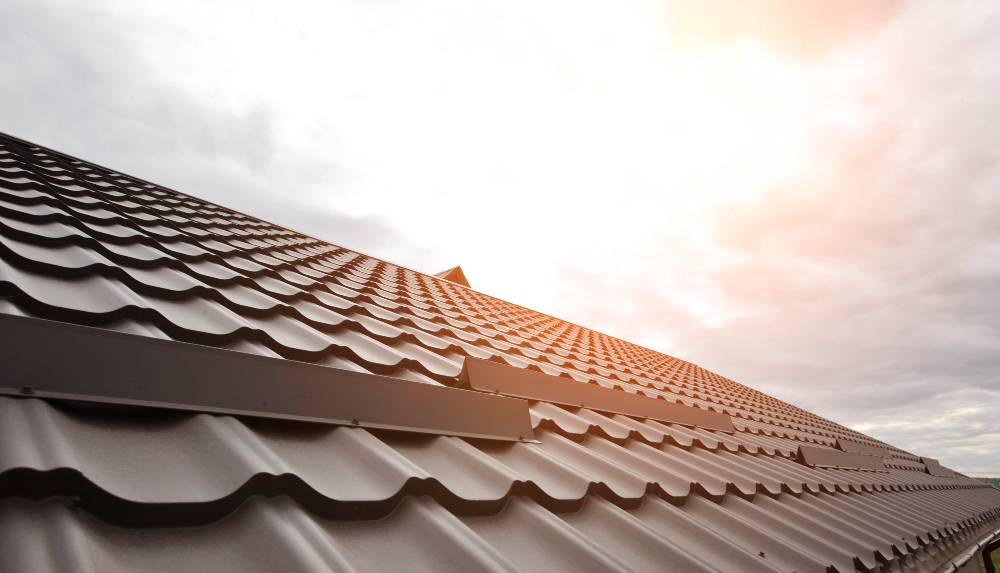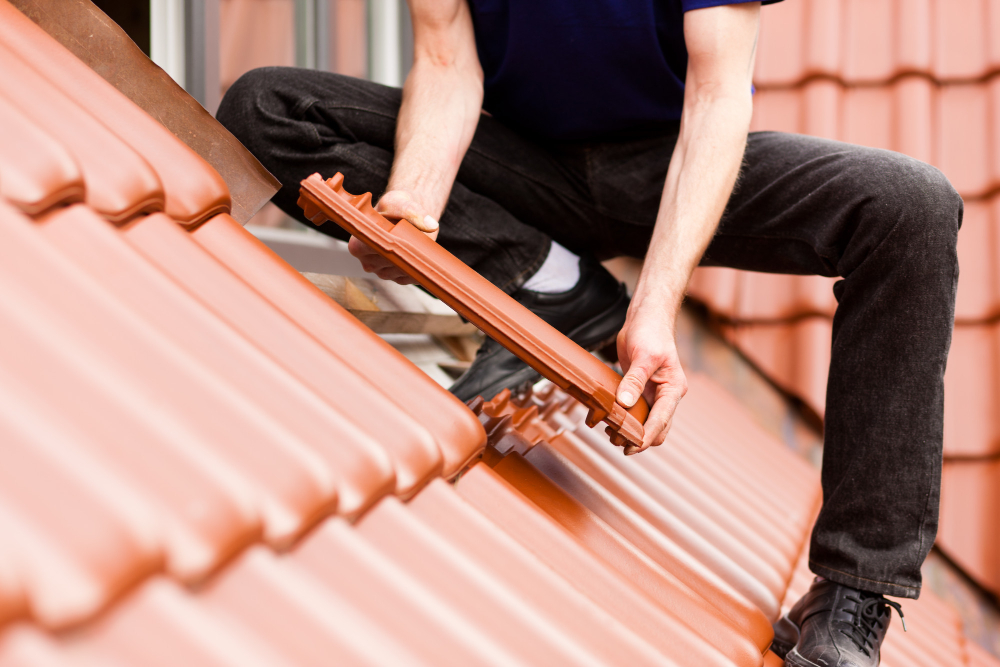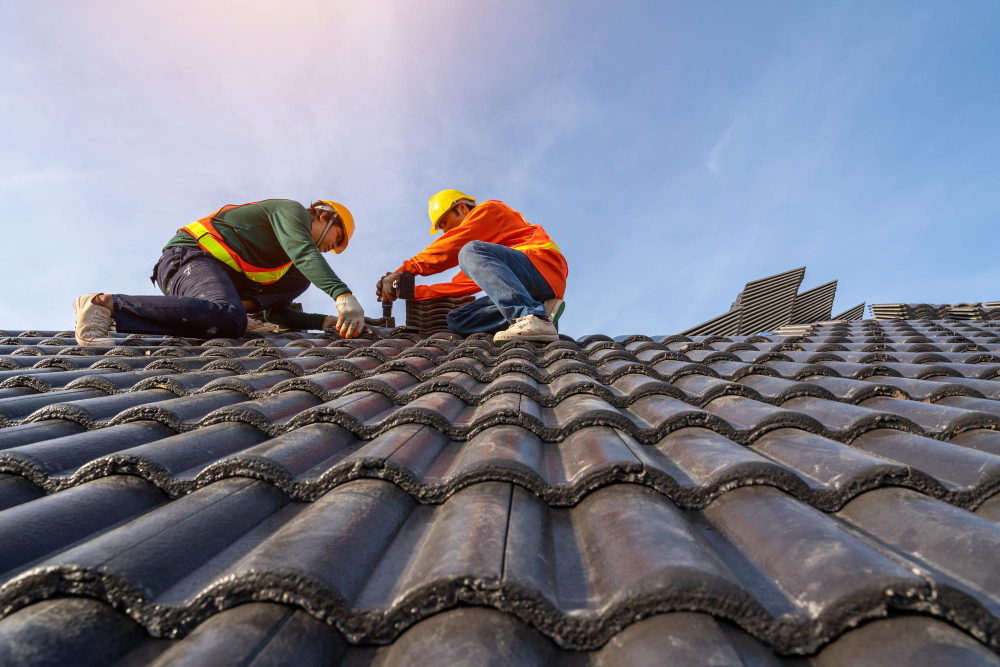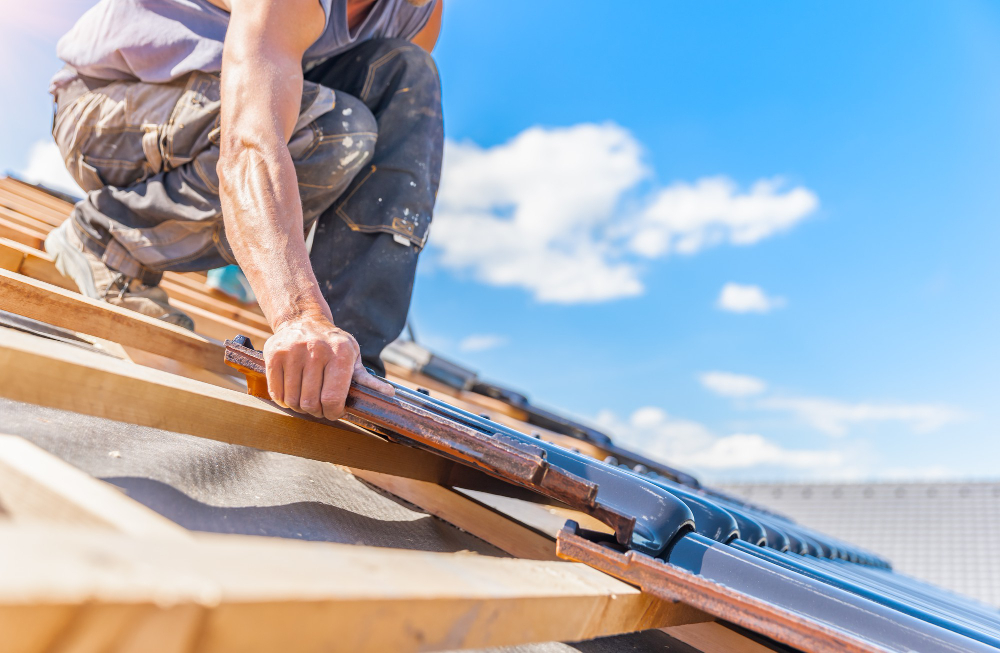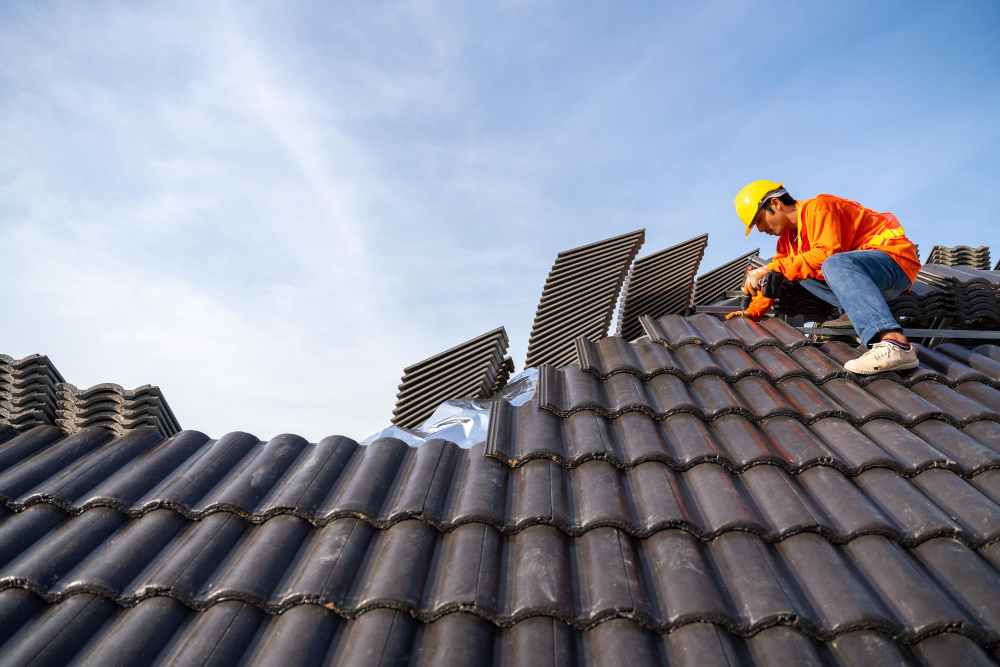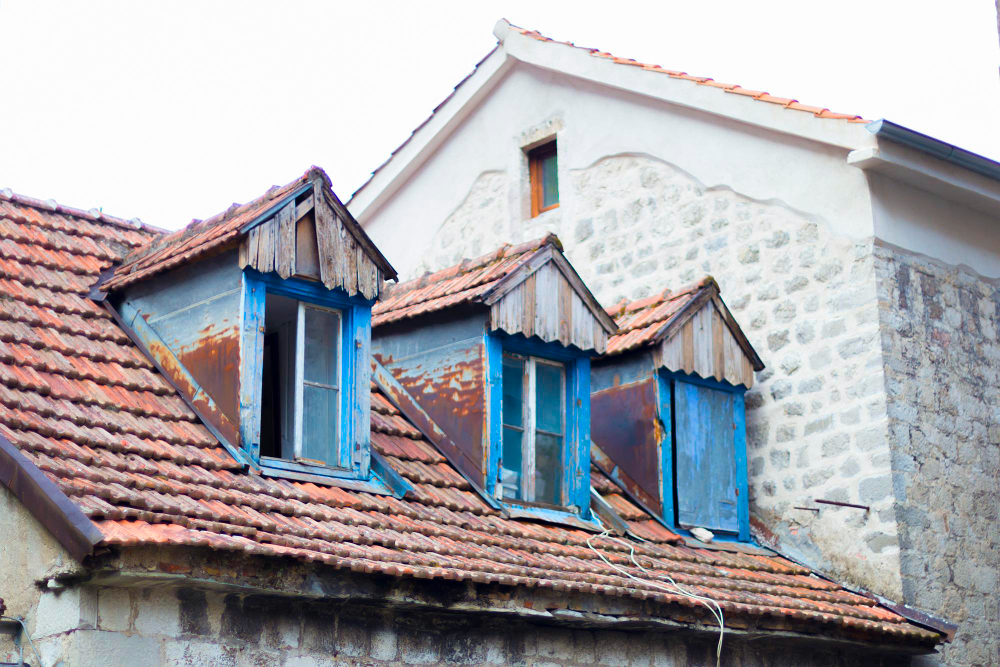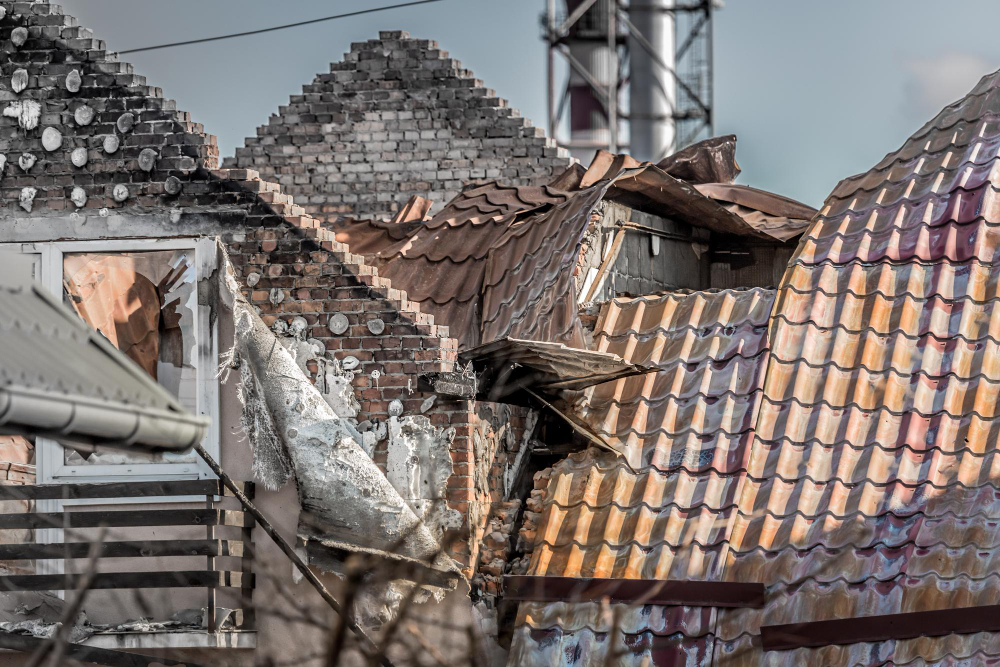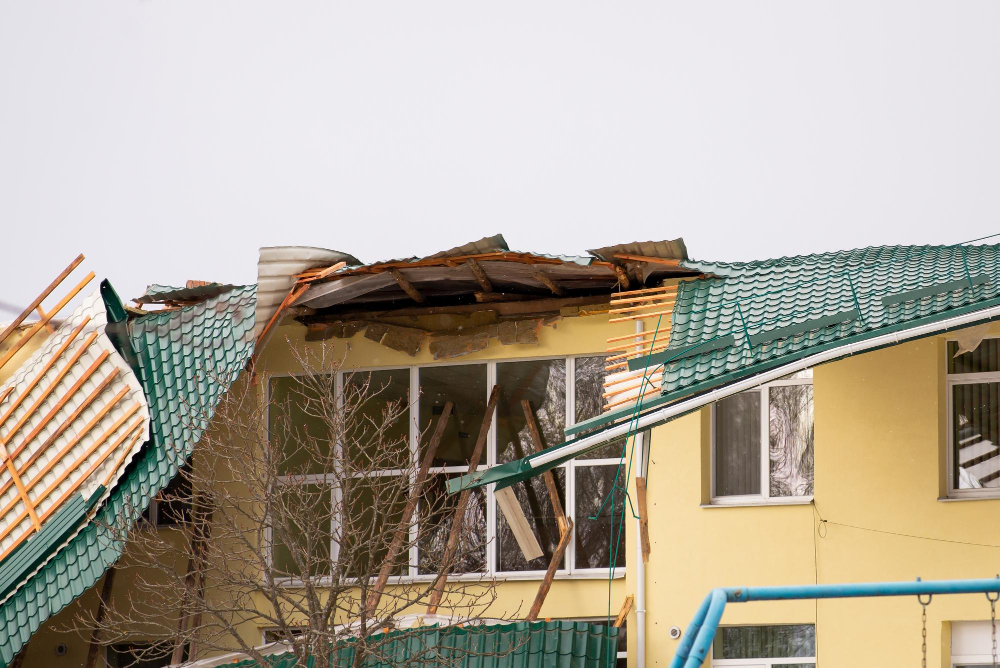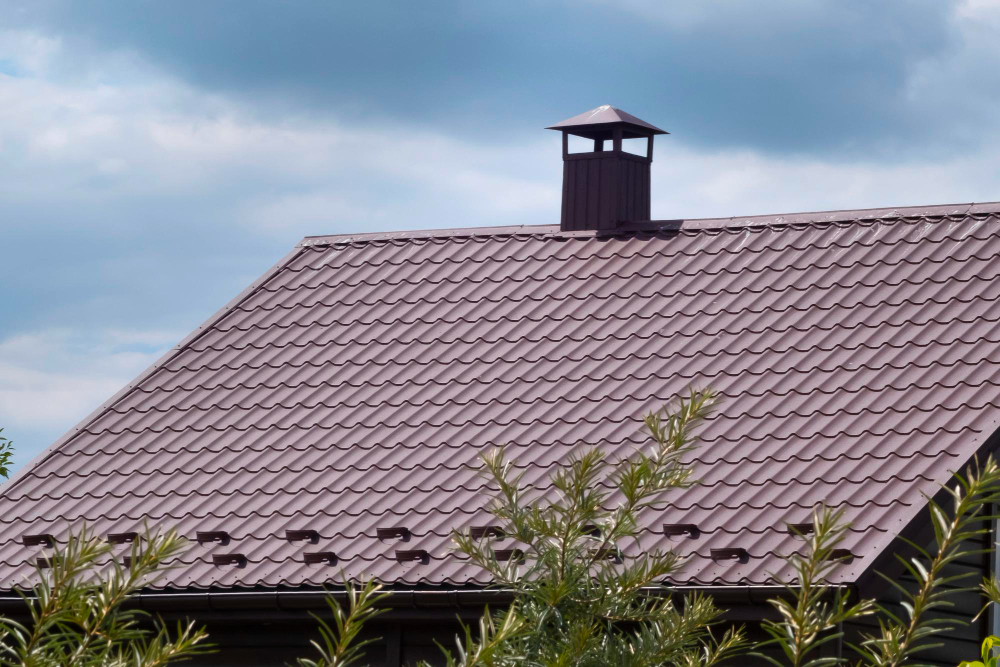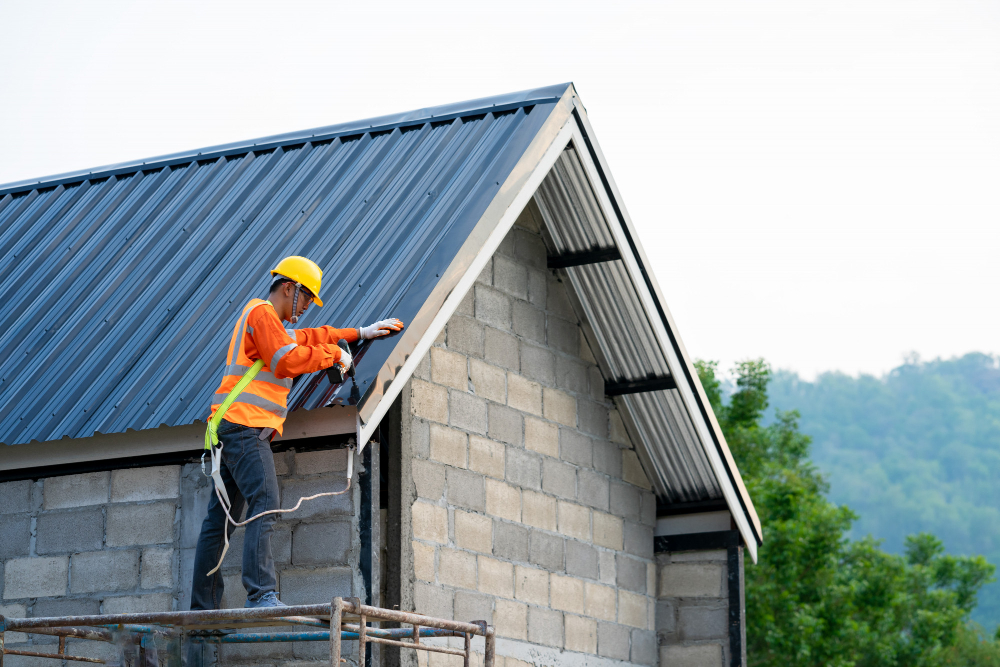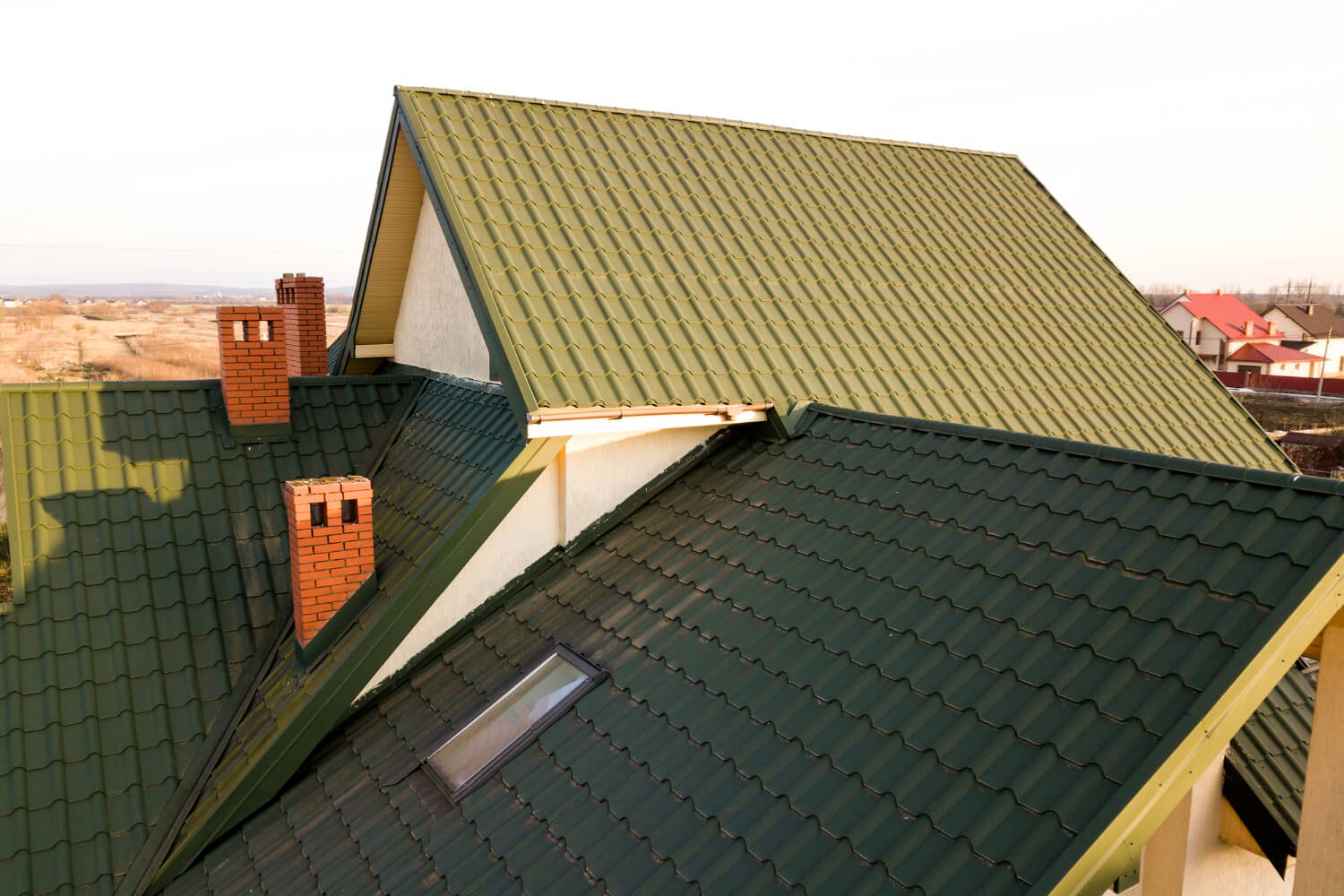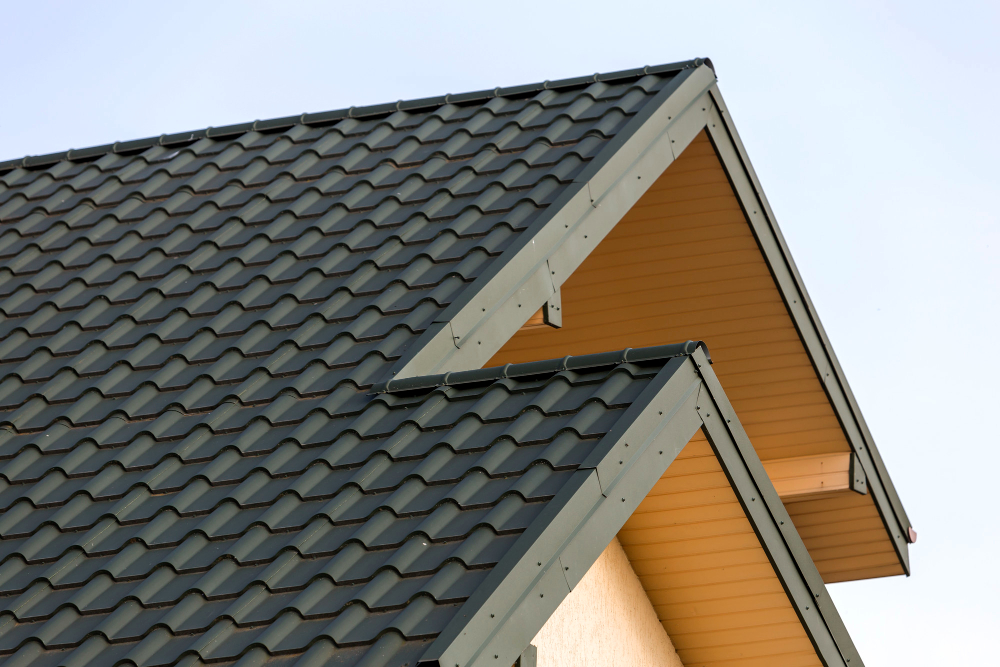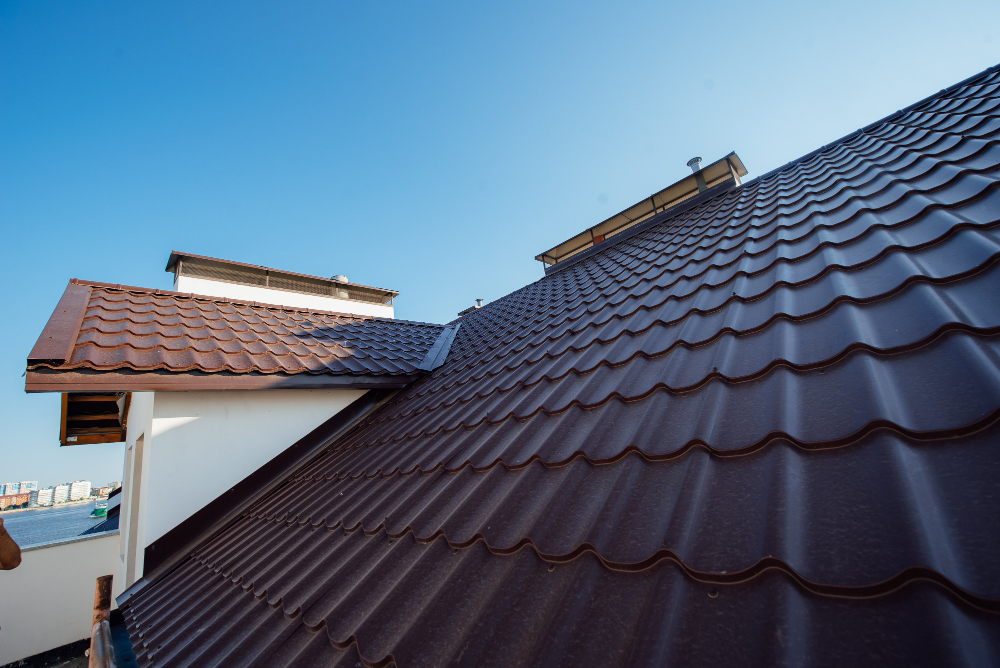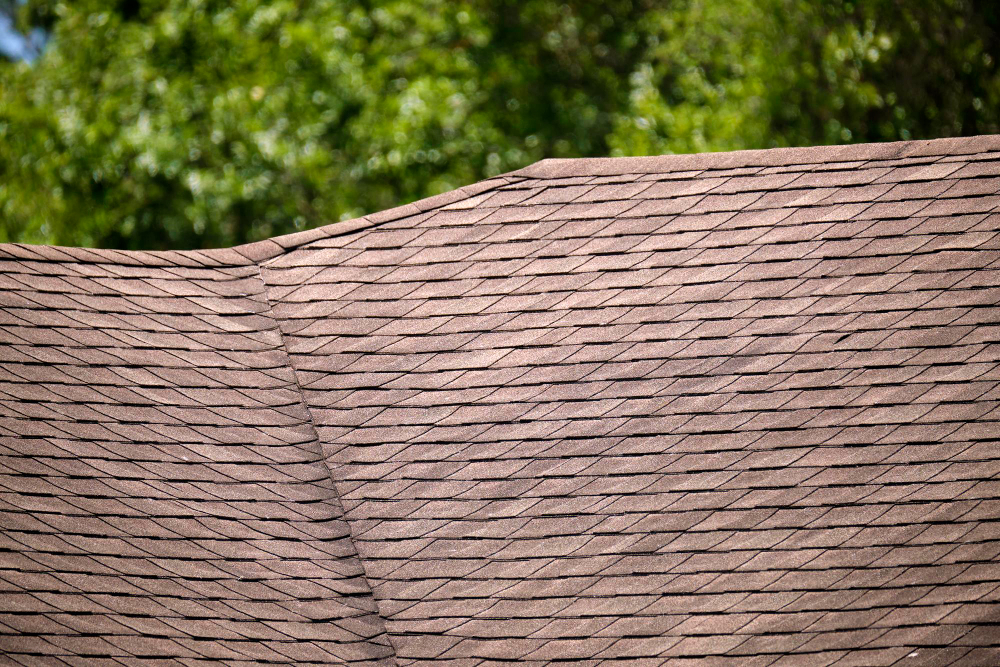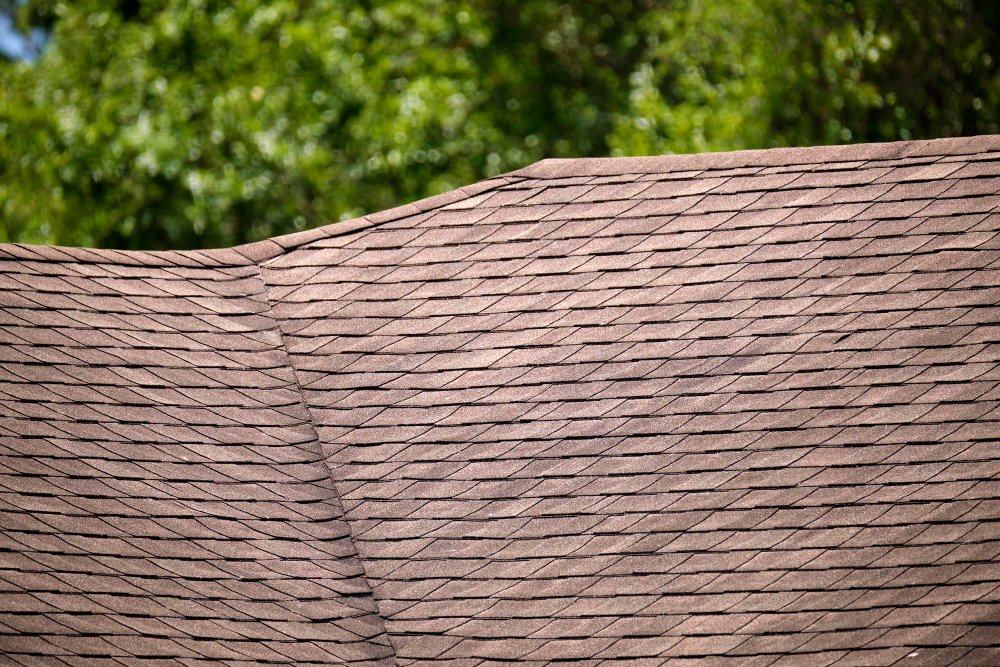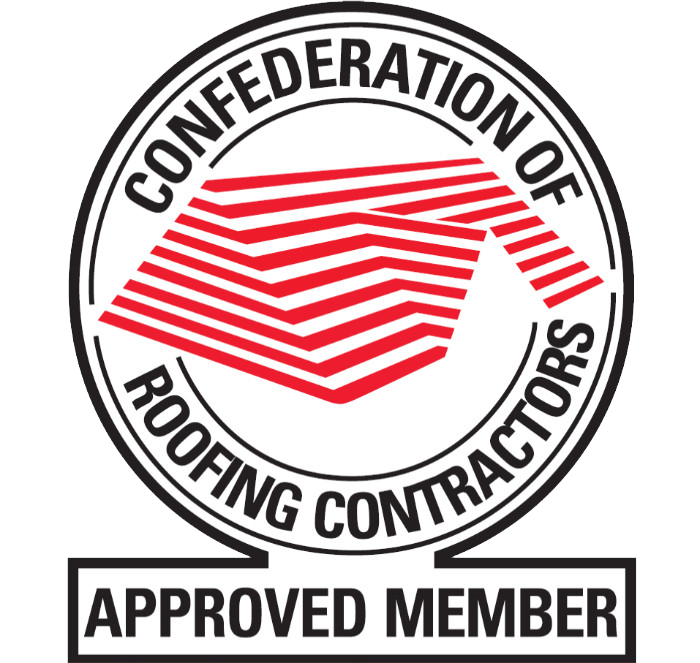Roof designs play a crucial role in architecture, combining functionality with aesthetic appeal. They provide protection from the elements while defining the overall character of a building.
Two widely recognized roof styles are the hip roof and the gable roof. A hip roof features sloping sides and four triangular sections, lending it a balanced and visually pleasing look. On the other hand, a gable roof showcases the classic triangular shape formed by two sloping sides.
Roofing hips and valleys are important elements in roofing construction. They play a crucial role in the structural integrity and waterproofing of a roof. Here we will take a look at hip vs gable roofs and which one is better!
Types of Hip Roofs
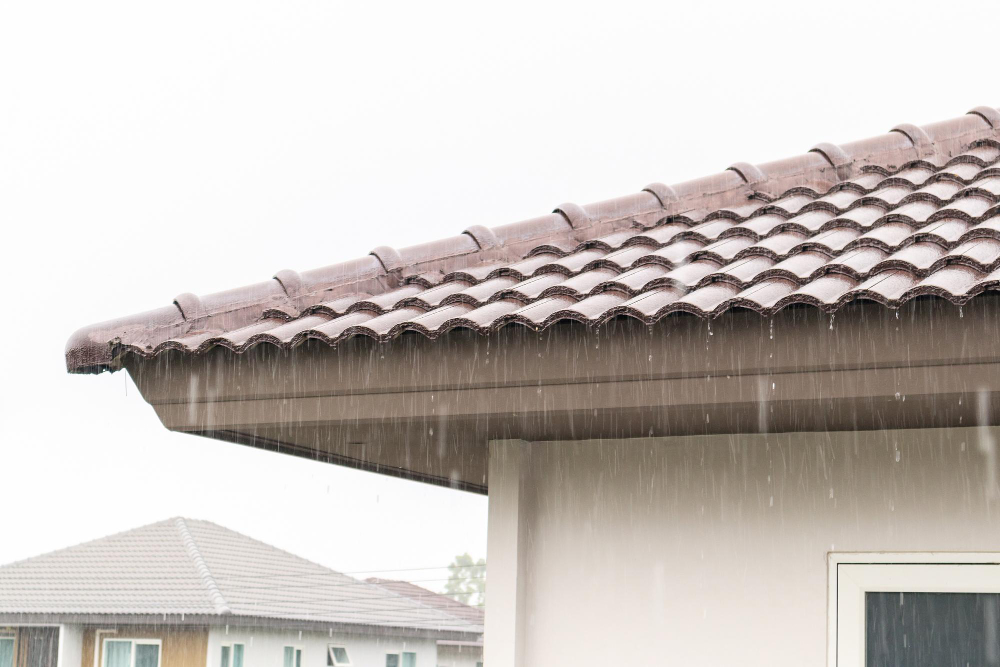
A hip roof with a flat top is a type of roof design characterized by its sloping sides and four triangular sections. What sets it apart is its distinct feature of a flat top, which is created by connecting the ends of the sloping sides.
Let’s delve into the various types of hip roofs in more detail:
- Simple Hip Roof: This is the most common type of hip roof. All sides of the roof slope down to the walls, creating a uniform and symmetrical appearance.
- Cross-Hip Roof: In this type, two hip roofs intersect, creating additional triangular sections.
- Half-Hip Roof: Also known as a clipped gable roof, this style features one or two sides of the roof with shortened slopes.
The most notable advantages of hip roofs are their stability and durability. If you live in Chiswick, then there are many affordable roofers in Chiswick that you can hire to help you install hip roofs!
Also Read: 7 MOST COMMON QUESTIONS ABOUT ROOFING
Types of Gable Roofs
A gable roof is a traditional kind of roof that has a triangle shape created by two sloping sides meeting at a ridge. The following are the main features of gable roofs:
Triangular Shape:
The gable roof has a triangular shape and is made up of two sloping sides, or gables, which join at the top to create a ridge.
Vertical End Walls:
The junction of the sloping sides forms the vertical end walls that make up the gable ends.
Gable Roof Styles
- Side Gable: The most prevalent style of a gable roof is called a side gable, and it has gable ends that are on the sides of the structure.
- Front Gable: The front and rear of the structure are both visible from the gable ends of a front gable roof, which makes it a conspicuous and eye-catching architectural element.
- Cross Gable: When two or more gable roof sections join at right angles, a cross-gable roof is created. In bigger or more intricate constructions, this kind of roof design is often utilized.
Gable roofs are simpler and faster to install than other roof forms because of their straightforward design and construction.
Comparison between gable roof and hip roof
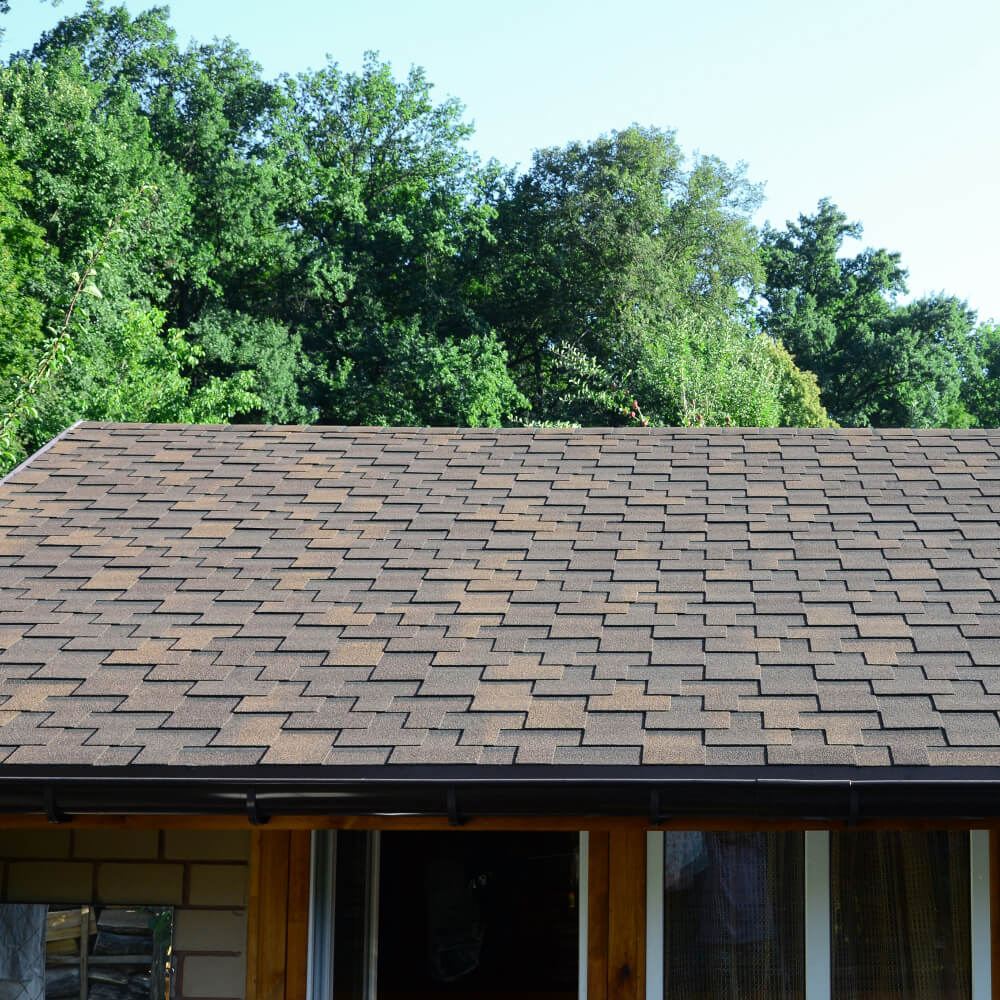
Design and Aesthetics
Hip Roof
Hip roofs are known for their visually appealing and symmetrical nature. The balanced slopes on all sides create an elegant and harmonious look for the building. The clean lines and uniformity of a hip roof contribute to its timeless charm.
One of the advantages of hip roofs is their architectural flexibility. The design allows for additional elements like dormers or a porch to be seamlessly integrated, enhancing the functionality and aesthetic appeal of the structure. When considering expanding roof space, homeowners often have two popular options: hip-to-gable conversion vs dormer addition.
Also Read: WHAT TO DO AFTER A STORM DAMAGES YOUR ROOF?
Gable Roof
Gable roofs have an iconic and timeless appearance that exudes a sense of tradition and classic style. The triangular shape formed by the sloping sides adds a distinctive feature to any building.
The steep pitch of gable roofs not only contributes to their striking look but also allows for efficient water drainage. Gable roofs are particularly well-suited for traditional or colonial-style homes, where they are often associated with architectural authenticity.
Structural Considerations
Hip Roof
Hip roofs are renowned for their superior stability and load-bearing capacity. The multiple sloping sides distribute the weight evenly, making them structurally robust and capable of withstanding heavy loads. This makes hip roofs an ideal choice for areas with high winds or regions prone to hurricanes.
The sloping sides of hip roofs also provide effective water drainage. By preventing water from pooling, the risk of leaks and water damage is significantly reduced. The design minimizes the chances of water infiltration, ensuring a more durable and watertight roof structure.
Gable Roof
Gable roofs offer a simpler construction process, resulting in lower labour and material costs compared to more complex roof designs. A gable roof truss is a structural component used in the construction of gable roofs. It is responsible for supporting the weight of the roof and transferring it to the load-bearing walls of the building.
One of the advantages of gable roofs is the increased attic space they provide. The steep slopes of the gable roof create more headroom and usable space in the attic, allowing for storage or potential conversion into living areas. Additionally, the sloping sides of gable roofs offer ventilation options, allowing for improved airflow and temperature regulation in the attic space.
Also Read: 10 COMMON ROOFING PROBLEMS
But this type of roof may need frequent repairs. If you live in a place where roofing problems are common due to bad weather, like Teddington, then you may hire a service that provides roof repairs in Teddington.
Energy Efficiency and Maintenance
Hip Roof
The overhangs of a hip roof provide valuable shade and protection from the sun, enhancing energy efficiency by reducing heat gain during hot weather. This helps to keep the interior cooler, reducing the reliance on air conditioning systems and lowering energy consumption.
Hip roofs typically have reduced maintenance requirements compared to roofs with gable ends. Without gable ends, there are fewer vulnerable points for potential damage or leaks, resulting in lower maintenance costs over time.
Furthermore, hip roofs offer the potential for better insulation, as there are no gable ends to contend with. Improved insulation contributes to better energy efficiency by reducing heat transfer, resulting in reduced heating and cooling costs for the building.
Gable Roof
Gable roofs provide an advantageous platform for the installation of solar panels or other renewable energy systems. If you live in a place like Richmond, where solar panel installations are picking up pace, you can easily find affordable roofing services in Richmond to help you install solar panels. The clean, unobstructed surface area of the roof makes it easier to mount and position solar panels to harness renewable energy, promoting sustainable practices.
Proper ventilation and insulation are essential for maintaining energy efficiency in gable roofs. By limiting heat accumulation that can affect the building’s overall energy efficiency, adequate ventilation helps to maintain the temperature in the attic.
Conclusion
Do you need reputable and reliable roofing services? If yes, then Hampton Roofing may be the best choice for you! We take pride in providing a broad selection of superb roofing options that are suited to your unique requirements. Our knowledgeable crew has you covered whether you need roof repairs, replacements, installs, or maintenance.
At Hampton Roofing, client happiness is our first priority. We have won the confidence and loyalty of many customers by committing to utilizing top-notch products and hiring knowledgeable workers. Let Hampton Roofing show you the difference and provide you with the ideal roofing solution. Discover why our clients choose us for all of their roofing requirements!
Disclaimer- The information provided in this content is just for educational purposes and is written by a professional writer. Consult us to learn more about hip roofs vs gable roofs.

